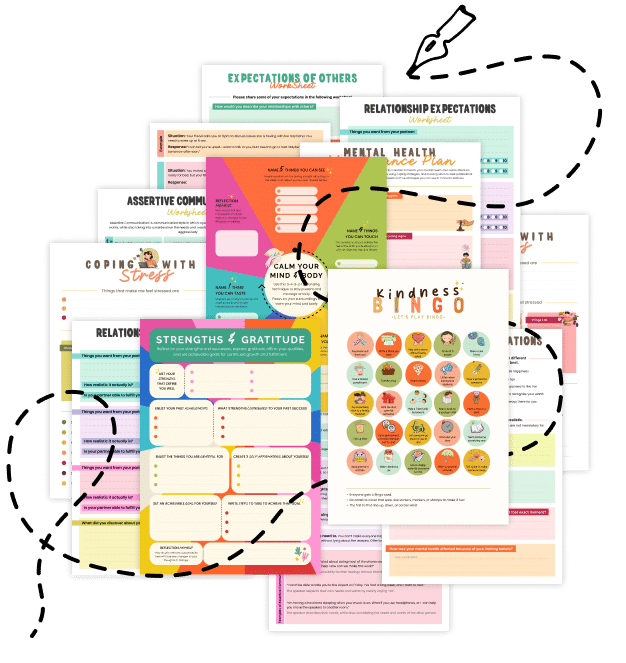20 Things You Should Know About The Ziegarnik Effect
Explore the Ziegarnik Effect—how unfinished tasks stick in your mind and boost memory recall. Discover 20 essential insights and practical strategies to harness this phenomenon for productivity and mental clarity.
1. What Is the Ziegarnik Effect?
The Ziegarnik Effect describes our tendency to remember incomplete or interrupted tasks more vividly than tasks we’ve finished. Named after Russian psychologist Bluma Zeigarnik, it highlights how our mind clings to unresolved matters.
2. Why It Happens
Unfinished tasks create cognitive tension that keeps them at the forefront of our thoughts. This mental pull acts as a reminder, ensuring we don’t forget to complete them, but it can also become a source of stress if not managed.
3. Everyday Examples
- Reading Halfway: Stopping in the middle of a book often makes you eager to resume.
- Open Tabs: Online tasks or articles left unfinished linger in your mind, prompting you to revisit them.
- Interrupted Conversations: Unresolved discussions can occupy your thoughts, pushing you to seek closure.
4. The Upside: Better Recall
The Ziegarnik Effect can be a productivity booster by improving memory of pending tasks. If used wisely, it ensures crucial items don’t slip through the cracks.
5. The Downside: Mental Clutter
On the flip side, constantly remembering unfinished tasks can create mental clutter and stress. If too many tasks remain incomplete, cognitive overload can result.
6. Overcoming Procrastination
Some people harness the Ziegarnik Effect by deliberately starting a task in a small way—like drafting the first sentence of a report. The mental tension of an unfinished job can fuel motivation to continue.
7. Minimizing Distractions
When you switch tasks or get interrupted, your mind holds onto the unfinished work. This can be detrimental if interruptions are frequent. Setting boundaries or using productivity techniques can help.
8. Breaking Down Large Projects
Dividing big projects into smaller steps is one strategy to manage the effect. Each mini-completion reduces the build-up of unresolved tasks, easing mental strain.
9. Applying to Study and Learning
Students often use the Ziegarnik Effect by previewing study material. If you briefly review a chapter, stopping mid-way, your mind keeps nudging you to pick it up again—improving recall and curiosity.
10. The Role of Planning
Simply creating a plan for unfinished tasks can alleviate the tension they produce. Writing down next steps reassures your mind that there’s a path toward completion, reducing the urge to hold onto every detail.
11. Link to Anxiety
People prone to anxiety may find unresolved tasks particularly stressful. Identifying and addressing these tasks—through quick wins or structured planning—helps mitigate unnecessary worry.
12. Self-Imposed Deadlines
Imposing mini-deadlines on tasks ensures they move from “in-progress” to “finished.” This counters the Ziegarnik Effect’s mental hold, freeing cognitive resources for other work.
13. Creative Benefits
Writers, artists, and problem-solvers sometimes stop deliberately at a peak of creativity to let ideas simmer. The tension of an unfinished piece can spark new insights and motivation upon returning.
14. The “Set It Aside” Technique
In creative fields, temporarily setting a project aside can help. The mind continues working on the problem subconsciously, propelled by the Ziegarnik Effect, often leading to sudden “aha!” moments.
15. Eliminating Noise
To avoid accumulating half-finished tasks, tackle them one at a time. Eliminate potential distractions—email alerts, phone notifications—so you can see tasks through to completion.
16. Pairing with Task Prioritization
Combine the Ziegarnik Effect with Eisenhower’s Matrix or other prioritization methods. By focusing on the most important tasks first, you reduce the stress and mental load of pending items.
17. Different Task Types
Not all tasks are equal. Repetitive or simple tasks benefit from the effect in a straightforward way, while complex or creative tasks may tap into the effect to foster deeper, more prolonged engagement.
18. Completion Rituals
Once a task is done, mark its completion clearly—closing tabs, checking off lists, or celebrating a small win. This finality helps signal your brain that there’s no further need to dwell on it.
19. Mindful Awareness
Recognize when unfinished tasks are piling up. Regular check-ins—like a weekly review—can prevent cognitive overload by systematically addressing pending work.
20. Related Topics to Explore
- Active Recall vs. Passive Review: Ensuring tasks and information are actively remembered.
- Micro-Pomodoros: Managing short bursts of task-focused effort.
- Task-Specific Anxiety Management: Handling stress when incomplete tasks loom large.
- Cognitive Defusion: Techniques to reduce overthinking about unresolved to-dos.
Quick Tips for Handling the Ziegarnik Effect
- Write It Down: Take note of pending tasks to ease mental load.
- Prioritize Next Steps: Identify immediate actions for each unfinished project.
- Use Deadlines Wisely: Create realistic mini-deadlines to avoid indefinite procrastination.
- Plan Interruptions: If you must stop, end in a place that will spark motivation to resume.
- Celebrate Completions: Mark tasks as done to signal the brain it can “let go.”
The Ziegarnik Effect highlights how our brains crave resolution, holding onto incomplete tasks more vividly than those fully finished. By learning to manage this phenomenon—using strategies like mini-deadlines, task breakdowns, and mindful reviews—you can harness its benefits for productivity while minimizing the mental clutter it can create. Embrace these techniques to create a more organized, less stressful work and study environment, all while leveraging your mind’s natural drive to see tasks through to completion.
Share this article with anyone juggling multiple responsibilities. Understanding the Ziegarnik Effect can help them tackle unfinished tasks and boost both productivity and peace of mind!

